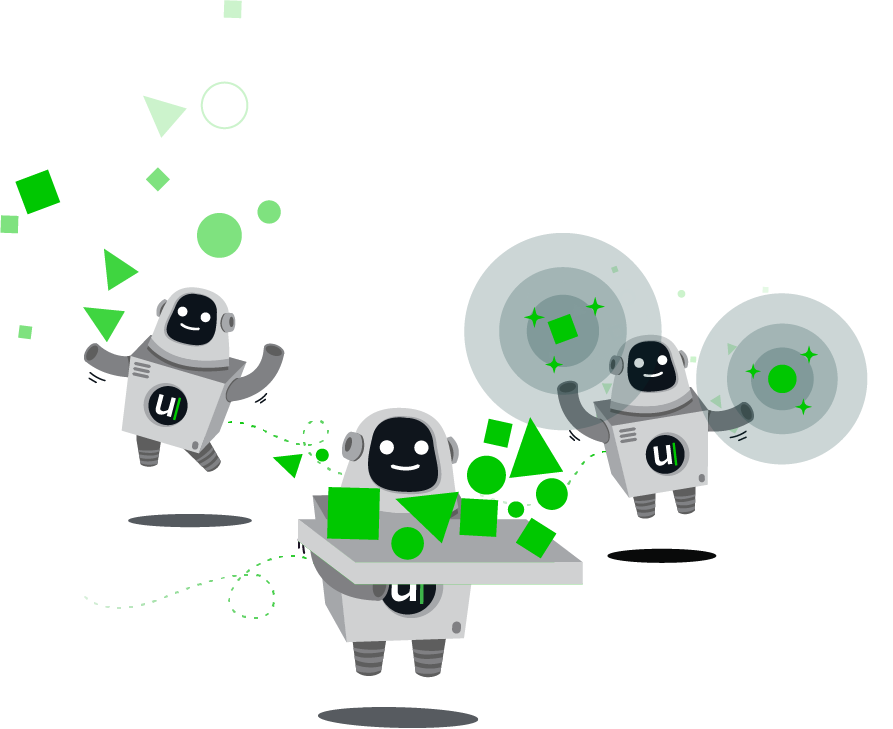
Beyond the hype of the Chat-GPT discussion and predictions of the demise of all things human, Sina Thäsler-Kordonouri, a PhD student at Ludwig Maximilian University in Germany, and myself have completed a research project on the impact of AI-driven automated journalism in UK local newsrooms.
Our research focused on the process of human-computer collaboration and the use of algorithms to convert numerical data in particular, into meaningful story inputs where it is then up to human journalists to interpret the stories in ways that readers can easily digest.
We interviewed media practitioners from a range of local news companies in the UK that are currently using automated journalism provided by the Press Association through its affiliate RADAR (Reporters And Data And Robots), as well as employees from this news automation service.
Local news companies are struggling with a failing business model reliant on advertising revenue and declining readerships and one response has been to radically reduce staff numbers, consequentially increasing the workload on the remaining employees.
Although general industry-wide anxiety has accelerated with the launch of OpenAI’s machine-learning Chat-GPT in November 2022, and will continue, no doubt, with the latest model GPT-4 which accepts both image, text and audio inputs, we found strong engagement with the RADAR version of automated journalism which is template based.
However, we found there was less interest in understanding the technology and this perhaps underestimates its potential. Interview responses from local practitioners showed that, while most perceive the relevance of automated journalism to local news reporting as less important than human reporter contributions, they paradoxically report a shift in their practices towards greater use of automated journalism. We conclude that currently, this reflects not outright denial but a sort of incremental digital creep in the processes of delivering journalism.
Despite enabling many processes to be streamlined, automated journalism is a disruptor, but human reporters will remain vital to sustaining the mainstays of delivering local journalism news gathering, production and distribution. The research found that there is a range of benefits to introducing automation into different parts of that traditional workflow which can preserve and even expand local provision.
Increased public availability of structured data can be taken advantage of to produce a far broader range and more diverse set of data-driven stories. We also reported that in practice the human journalist modifies the automated text to better represent local voices.
Chat-GPT might be able to write in the style of people, but after a while, it becomes dull because it cannot react with human instinct, humour and even sarcasm which is what readers really enjoy. Journalism will never be able to do without journalists because we the readers need sensitivity, nuance and character in writing. Newsrooms must work hard to keep the end-user happy, and readers must be respected.
Our key findings show that the successful implementation of automated journalism is still strongly dependent on human input. The impact of automation is to augment the ability of fewer local journalists to maintain a more diverse output, a finding in line with previous research which focused on national journalistic outlets.
The RADAR service was considered a way to alleviate publishing pressure by delivering trusted newsgathering and supporting the management of production resources in the newsroom.
In a rapidly evolving space with so many more competing information outlets, it is important to get the editorial balance right which makes the best use of automated processes that require reduced human input but importantly guarantees verifiable and location-specific stories.
In this way, automated journalism is more of an ‘intelligent’ friend and additional resource because it can augment what the journalist is doing in an arena driven by short-term deadlines. But it is equally important to realise AI is not necessarily ‘critical’. AI relies on looking backwards and inwards. Good journalism looks forwards and outwards.
We conclude that, in its current state of development, (even with GPT-4 super-charged machine-learning innovation), AI won’t deliver the diversity of output end users currently want. This will continue to require editorial processes that combine human and computer interaction.
Our research demonstrates that, rather than taking over the world (or the journalism industry), AI depends on its usefulness to journalism workflows in local newsrooms and it is for local journalists to respond to and harness the opportunities it presents for their survival, not emasculation.
Sina Thäsler-Kordonouri is a researcher at Ludwig Maximilian University in Munich Germany and Professor Kurt Barling teaches digital transformations in journalism at Middlesex University and is Theme Director for Inclusive Socio-economic Development and enriching lives through culture. Our research is published in the latest issue of international journal Journalism Practice.
Email pged@pressgazette.co.uk to point out mistakes, provide story tips or send in a letter for publication on our "Letters Page" blog
